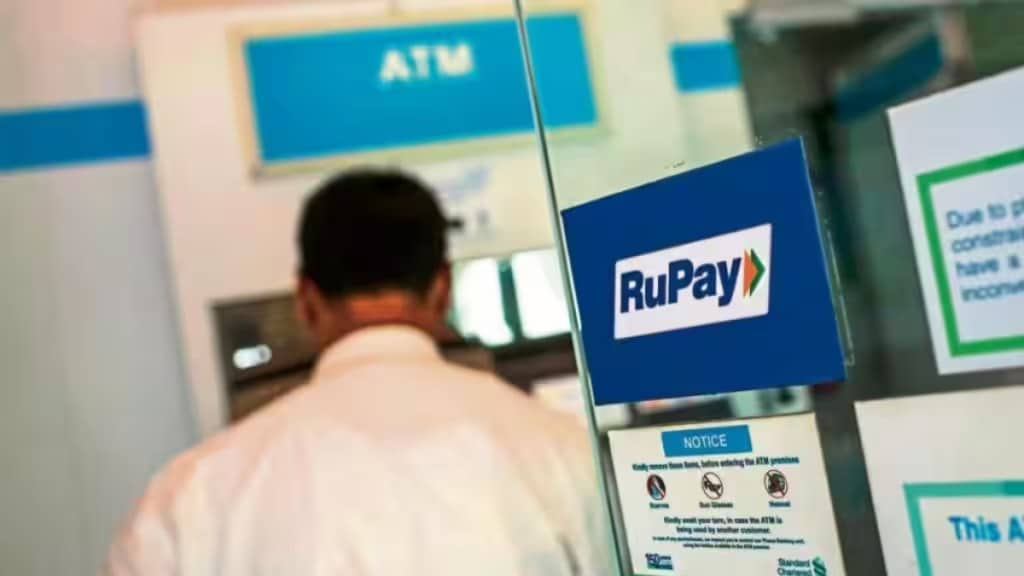Come October and the country’s bigger credit card issuers must allow customers a choice of card networks. The customer can decide if she wants to go with a Mastercard or a Visa or any other network. Moreover, the rules, say experts, could prevent issuers –largely banks—from sewing up exclusive arrangements with a card network. And, without these, users may no longer enjoy many of the rewards and benefits they currently do.
Ranadurjay Talukdar, Partner, EY, points out it would be hard on card issuers if there is no exclusivity. “Exclusive contracts allow issuers to get incentives for issuance and spend commitments, and these incentives help enrich customer loyalty programmes and card value propositions,” he says.
As Anand Dama who tracks this space at Emkay Research says, it would be interesting to see how card players react and if they are “forced to offer a particular card on all networks with nearly the same reward or incentive structure or not”. The bigger losers would be the card networks. They are the ones that provide the incentives to banks which are then passed on to customers. In return they ask for a guaranteed share of issuances, a minimum value of spends and also a minimum value of forex transactions. “This is at the very heart of our business,” says an executive with a card company. “Without exclusivity the cash backs, loyalty programmes and other rewards, the very reason why customers sign up for credit cards, goes away,” he adds.
The big beneficiary of these new guidelines is the RuPay card. Indeed, the industry is convinced the rules have been framed to favour the RuPay card. “Reserve Bank of India (RBI) has brought in the rules to boost the RuPay card because otherwise it simply cannot compete with the foreign card networks,” says an industry insider.
Experts say the National Payments Corporation of India (NPCI) –the card network for the RuPay card—is unlikely to be able to match the benefits facilitated by the likes of a VISA or a Mastercard such as access to airport lounges. As Emkay’s Dama says RuPay’s tie-ups with global card networks like Discover, Diners, JCB, and UniPay have lower merchant coverage versus that of giants like Visa and Master Card, which needs to be addressed.
Moreover, as Soumya Mohanty, MD, South Asia, Insights Division, Kantar, says, it is highly unlikely that customers using affluent and premium category credit cards would want to use a RuPay Card. “Credit cards signify a certain status so the brand is very important,” Mohanty says. Other brand experts opine that it would be hard for NPCI to match the promotional spends of the global card networks.
The RuPay card’s prospects have got a boost ever since UPI (Unified Payments Interface) payments were enabled on it a couple of years back. As an expert points if users can get credit on their payments for 50 days and save on interest they would be encouraged to use the RuPay card for UPI payments.
According to Abhishek Murarka, HSBC Securities & Capital Markets, the large pool of UPI P2M (person to merchant) spends of Rs 50 trillion seen in FY24 offers huge opportunity to issuers. “With the right push, a significant part of these spends could, theoretically, migrate to RuPay-based credit cards,” Murarka believes. “Around 300 million Indians use UPI today and a sub-set of this would be entitled to credit cards,” says a banker.
The market share of the RuPay card currently, in terms of issuances—physical and digital—is estimated at about 10% of the total cards and 25% of new issuances. In terms of the share of spends, it is estimated at 10% of POS + eCommerce via both debit and credit cards. A good number of cards have been issued in tier 2 and tier 3 cities and towns. However, the smaller spends per card makes the overall unit economics of the RuPay card relatively less attractive. As Talkukdar says, because no MDR (merchant discount rate) is chargeable for transactions below Rs 2,000 (which form the majority of UPI transactions on RuPay cards), it will not be easy for banks to maintain profitability on RuPay cards, as they will not earn interchange on these transactions.
Banks, for their part, are hoping there will be a fair number of revolvers from whom they can earn interest. “Banks are issuing RuPay credit cards in the hope of moving UPI transactions to cards, building up spends, and then earning interest if the customer revolves balances,” says EY’s Talukdar. Indeed, many of the smaller merchants and kirana stores are unhappy accepting RuPay card transactions. Vivek Iyer, Partner, Grant Thornton Bharat said recently the main challenge for a credit card on UPI is the charge to merchants for transactions above a certain threshold.
“Since a credit card is used for high value transactions, the MDR limits the adoption by merchants and hence the adoption by customers,” he said. Talukdar adds that there continues to be a challenge in merchant acceptance for credit cards on UPI, especially for smaller QR merchants, who have never paid any MDR. “Not all merchants are willing to accept RuPay Card payments thanks to MDR for transactions of more than Rs 2,000,” he says. Emkay’s Dama says of late some merchants “have been pushed” to accept RuPay cards also if they are accepting other cards. How well this works remains to be seen.

